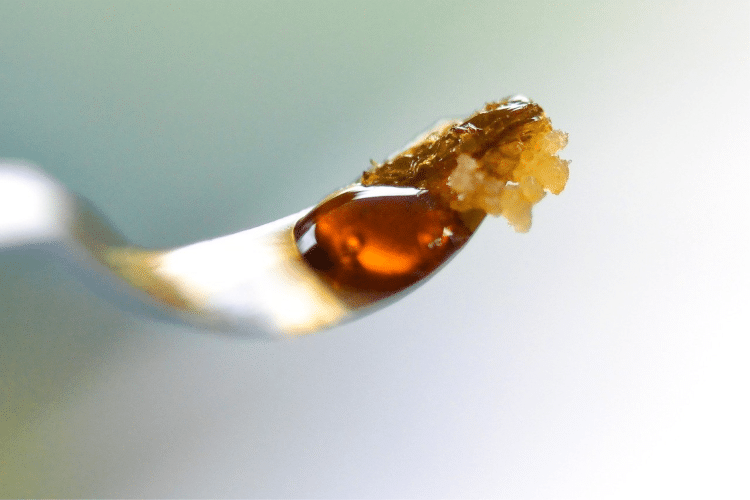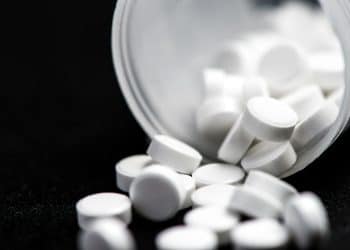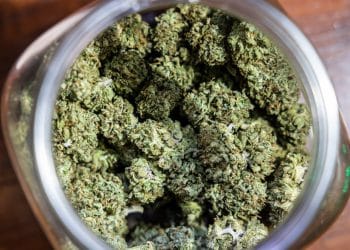If you are a veteran in the cannabis industry, you may have heard that taking one dab of cannabis concentrate is as powerful as smoking five joints. If you believed this, think again.
That said, there are other “misunderstandings” surrounding dabbing cannabis-derived products; the one mentioned above is just one of them. Consequently, a recent study sought to investigate some essential facts about dabbing. [1]
Here is the gist of what the researchers unearthed.
First, the title of the study highlighted the need to “understand dabs” because clearly there are misconceptions about this popular cannabis category. The researchers zeroed in on three key areas: phytocannabinoid concentration, contaminant levels, and transfer efficiency when the dab is vaporized.
For methods, the researchers collected 57 samples (48 solvent-based products; 9 dry or water-based products like kief and hash) from medicinal users in California. The samples were collected between December 2012 and February 2013. Two studies were presented. The first study considered the delta-9-tetrahydrocannabinol (THC) concentrations as well as contaminant levels in the concentrates. The second study considered the amount of THC that is transferred to the lungs after inhalation through dabbing.
The researchers found that:
- More than 80% of the tested samples had significant levels of contaminants. Isopentane, for example, was found in almost 30% of the concentrates. Other solvents detected included isopropanol, hexane, heptane, isobutene, and neopentane, amongst other common solvents for extraction like propane and butane. While no pesticides were detected for 67% of the products, paclobutrazol was found in 23% of the products and bifenthrin was detected in 12% of the products. All positive hits for pesticides were detected in the concentrate group.
- THC concentration in the samples ranged from 23.7% to 75.9%. The mean of the solvent-based products was 63% THC; the mean of the hash group was 60% THC.
- 16 mg of THC was delivered to a simulated lung system after a single inhalation of a 40 mg cannabis concentrate. This amounts to roughly 40% transfer efficiency. This efficiency was found for a high-grade wax, but bubble hash and shatter also provided similar transfer efficiencies. Variables such as high amounts of waxes and fats have an impact on the transfer efficiency. This may reduce the energy transfer and limit the volatility of the cannabinoids.
From the results, it can be inferred that a sizeable amount of the dabs in the Californian market were highly contaminated. [1] But it also critical to note that the 2015 study regarded cannabis product samples obtained in 2012-2013, prior to California’s creation of the Bureau of Cannabis Control, and the enforcement of state-mandated laboratory testing. Perhaps this study played a role in the state’s decision to create testing standards.
Back to our earlier “myth.” If a standard 1-gram joint contains roughly 150 mg of THC (15% total THC), five joints would give you about 750 mg of total THC. If the transfer efficiency of smoking the joint was even just 50%, that would yield 375 mg of total THC, or 75 mg per joint.
Compare this to doing a dab (40 mg, and perhaps 70-90% THC) with a 50% transfer efficiency; this would deliver about 14-18 mg of THC. This is way less than smoking 5 joints. Therefore, it is highly unlikely that a single dab can deliver the equivalent of 5 joints in terms of THC potency.
Dabs can provide a rapid and potent physiological effect that not only appeals to medicinal users but equally draws in recreational users. As more people consider different ways to medicate with cannabis, it is critical to have a scientific understanding on how dabbing works or does not work, and it is vital to have 3rd-party laboratory oversight to ensure products are not contaminated.
Image Source
https://www.piqsels.com/en/search?q=dab
References
- Raber, J. C., Elzinga, S., & Kaplan, C. (2015). Understanding dabs: contamination concerns of cannabis concentrates and cannabinoid transfer during the act of dabbing. The Journal of toxicological sciences, 40(6), 797–803. Journal Impact Factor: 1.737, Times Cited: 41












